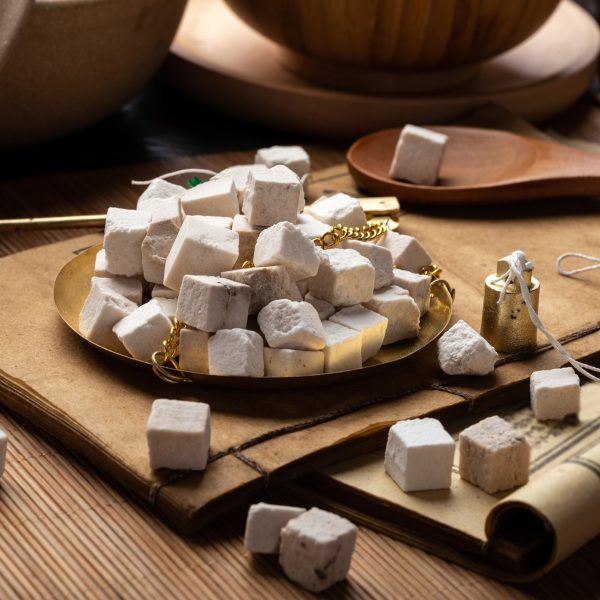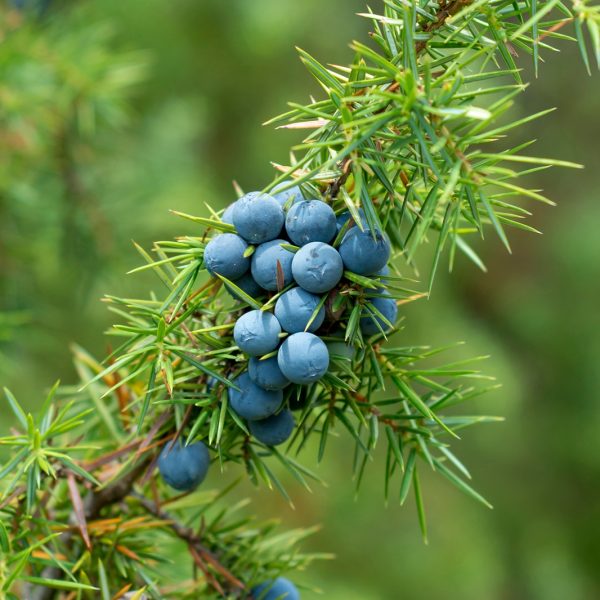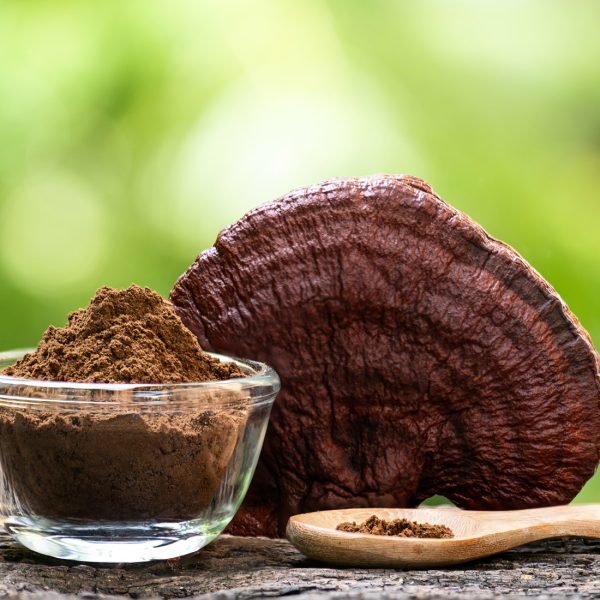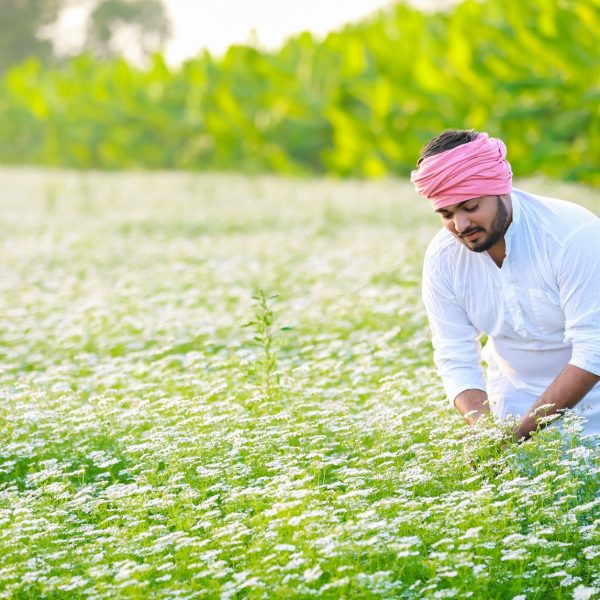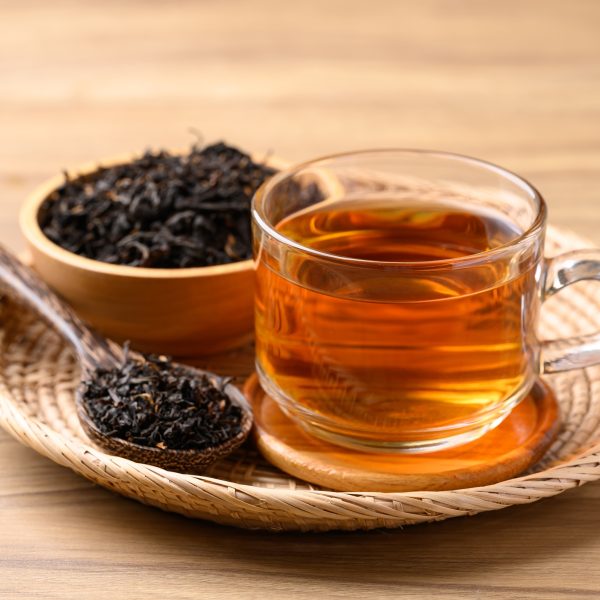
Ephedra is a valuable herb. It is however banned in the USA. We take a look at this story and what we can learn.
What is ephedra?
Ephedra or ma huang, is provided commercially as the dried young stems of three species of perennial herbs, Ephedra sinica Stapf., E. equisetina Bge., or E. intermedia Schrenk + C.A. Meyer. Ephedra sinica is a native of northern China and Inner Mongolia. Each of the three species has slightly different appearances and characteristics. E. sinica is the less branched, with nodes more spaced out on the stem. All samples are dry and brittle, with little odour and a slightly bitter taste.
Note: the North American ephedra E. nevadensis (known as Mormon tea), contains little or no ephedrine or other alkaloids.
Traditional and clinical activity

Ma huang is mentioned in the Han dynasty Shen Nong Ben Cao Jing (Divine Farmer’s Classic of the Materia Medica) (1) for its benefits on lung obstructions like wheezing. Its principal action through Chinese traditions was as a heating medicine, to treat febrile congested catarrhal conditions of the respiratory system. It promotes sweating, calms dyspnoea and is indicated for ‘exterior repletion cold damage patterns with aversion to cold’ (2). It features frequently in formulae recorded in the Shang Han Lun (on Cold Damage) (3) in which it is often combined for additional warming effect with cinnamon and ginger. In modern terms the old indications translate as some of the preliminary symptoms of ‘flu, at the stage where the patient is feeling chilled and is shivering, and when sweating has not yet broken out (when the body temperature is showing as high yet the person still feels chilled: this means the temperature is still rising). Headaches and diffuse pains around the body which appear at this stage are additional indications for the use of this remedy. Its effect in such cases is to provide a considerable perspiration and to provide a feeling of warmth, this (vasodilation and diaphoresis) leading to a fall in actual body temperature.
Its virtues are also evident in dealing with symptoms of dyspnoea: breathlessness and a feeling of constriction in the chest, including asthma. It may be applied generally to associated conditions of hypersensitivity in the airways, such as allergic rhinitis (including hayfever and ragweed sensitivity).
The warming quality of this remedy however dominate all its other effects. It is reflected in its role as as a circulatory stimulant, in dispersing catarrhal congestion, and as a diaphoretic in fevers. Closely associated with the above is the action of ma huang on fluid accumulations in the body. Whether through its diaphoretic or diuretic effects, it acts to relieve symptoms of oedema. The total combination means for example that as far as the lungs are concerned, the remedy is applicable to bronchial congestive conditions as well as to asthmatic drying of the airways, and that it is ideal for bronchial asthma.
Traditional doses range from 1-5 grams per day, with lower amounts in many classic formulae.
As with other traditional remedies there has been a modern adaptation in the use of ma huang to new indications. Other heroic remedies that have switched roles (and reduced doses) include hawthorn (from fever management to heart and vascular remedy), feverfew (to a migraine treatment), and valerian (from a robust convalescent tonic to a sleep remedy) and, in each case with a reduction in dose and extension of treatment time. Ma huang has morphed into ‘ephedra’, a prime modern remedy for bronchospasm, especially associated with allergic conditions. From being a marvellous treatment for healthcare emergencies it became a remedy that could be used in the long term, and at lower doses. Modern herbal practitioners have found it also useful in other symptoms of allergy as well, such as urticaria and atopic eczema.
Pharmacological activities
Ephedra sinica contains phenylalanine-derived protoalkaloids, notably ephedrine, pseudoephedrine, norephedrine, norpseudoephedrine, and l-methylephedrine. Pharmacopoeial specifications are that the herbs should contain not less than 1.25% of alkaloids calculated as ephedrine. Analyses show the range in commercial samples is between 0.5-2.5% and that ephedrine can account for between 30-90% of the alkaloid content; pseudoephedrine can go as high as 27%, though usually less (4).
Ephedrine is a sympathomimetic agent, acting indirectly to enhance the release of norepinephrine from sympathetic neurons, and directly by stimulating alpha and beta adrenergic receptors. It increases heart rate and cardiac output, and because it also constricts blood vessels, has a hypertensive effect. In the lung, ephedrine acts via the beta-adrenergic receptors to relax bronchial smooth muscle, achieving an effect analogous to adrenaline without the need for injection. Because of its lipid solubility, ephedrine crosses the blood-brain barrier where it acts as a central nervous system stimulant, promoting both noradrenaline and dopamine levels (5). It has an action here comparable to amphetamines (6).

In the whole plant, this impact is qualified by the action of pseudoephedrine, the basis of a familiar decongestant medicine (e.g. Sudafed), which has more beta-adrenergic activity. Although it is a banned in sports by the World Anti-Doping Agency (WADA) a recent meta-analysis (7) concluded that pseudoephedrine had minimal stimulant action, and is less hypertensive action than ephedrine. This means that blood supply to the skeletal muscle and periphery is increased, the bronchial airways are dilated, there is relaxation of the gut and reproductive musculature.
With the contribution of other constituents, e.g. alkaloids phenylpropanolamine (norephedrine), and cathine, as well as non-alkaloidal fractions that have demonstrated to be safer (8), this means that the whole herb does not have the same effects as the isolated ephedrine.
Dose levels in therapeutic use usually deliver less ephedrine than taken in isolation for weight loss or athletic performance. In traditional practice the higher doses in a range are generally applied to acute indications, in this case mostly fever management. Most herbal practice and traditional formulations provide ephedra at the lower end of the range, with modern western herbalists rarely prescribing more than 1g equivalent per day. At this level the patient could be consuming between 10-25 mg of ephedrine equivalent. The highest therapeutic intake, for a high alkaloid yielding batch taken at maximum dose could be around 100mg per day. Doses under 50mg are not thought to raise blood pressure (9).
Clinical trials for ephedrine use daily doses ranging from 24-150mg. However commercial supplements can deliver many hundred milligrams.
Commercial decongestants like Sudafed deliver a dose of up to 240mg of pseudoephedrine, up to a hundred times that found in a daily dose of ephedra.
Even with a corresponding lower level of risk the herbal practitioner will be cautioned against the use of ephedra in cases of hypertension, a history of cardiovascular disease, and to use with care at the same time as antidepressant medication.
The RAND review of ephedrine (and a little ephedra)

In 2001 the RAND Corporation (the USA’s largest independent health policy research organization, often used by government agencies) was engaged by the federal Agency for Healthcare Research and Quality to review the alarming increase in adverse case reports and litigation following the widespread use of ephedrine products in weight loss and athletic enhancement. In 2003 Agency released the report of Rand’s Southern California Evidence-Based Practice Center (10) which concluded that there was evidence that these products are related to a two- or three-fold increase in side effects such as nausea, vomiting, jitteriness, and palpitations. Furthermore, the evidence suggested a link between these products and catastrophic events such as sudden death, heart attack or stroke.
RAND researchers based their findings on a detailed review of 52 clinical trials of ephedrine or herbal ephedra for weight loss or athletic performance in humans. They searched the medical literature and other sources for both published and unpublished medical trials of the substances. They also analyzed more than 1,500 “adverse event reports” related to herbal ephedra and 125 such reports related to synthetic ephedrine-containing products, which were collected by the U.S. Food and Drug Administration. Researchers discovered 70 additional adverse events in the medical literature and received a computer file of more than 18,000 adverse events from Metabolife, a maker of ephedra products.
Paul Shekelle, the RAND and Veterans Affairs physician who headed the study noted that “with regard to catastrophic events, these findings are a strong signal that there is a link between use of ephedra or ephedrine and the occurrence of death, heart attack, stroke, seizures, and serious psychiatric symptoms…. It is more likely than not that there is a relationship, although the available evidence falls short of the conventional level of scientific proof.”
The RAND study also found some evidence of benefits of ephedra and ephedrine for weight loss. Dietary supplements containing ephedra, the drug ephedrine, and ephedrine plus caffeine promoted modest short-term weight loss, averaging about two pounds per month more than among people taking a placebo. However, none of the studies reviewed followed participants for longer than six months, less than the 12 months accepted as necessary to establish a drug’s value as a weight-loss aid.
Although many of the ephedra supplements and ephedrine products are taken for boosting athletic performance, researchers found no evidence that ephedra—and only a little evidence that ephedrine—enhances physical performance. They found no evidence that any of the products improve long-term physical performance among athletes or the general public.
I was invited on the Technical Expert Panel to review this report. Our reviews were recorded in the archives of the US National Institutes of Health, including my contribution.
“After reading the RAND report, my first impression is the following: What are we evaluating — ephedrine or herb ephedra? The latter is not a single-chemical entity and cannot be assumed to be ephedrine. Even assuming the herb ephedra in the literature is defined to contain specific dosage levels of ‘ephedrine,’ what efforts were made to ascertain that this ‘ephedrine’ is indeed ephedrine and not a mixture of ephedrine-type alkaloids, or, worse, different types of alkaloids that are also present in ephedra? Any study or report on a natural product (not just a single-chemical compound) must clearly define what the material under study or being reported is. I don’t see such a definition in this report. Despite the limited availability of useful data, this report’s conclusions regarding the efficacy of ephedrine (the single-chemical drug), in the presence and the absence of caffeine, in short-term weight loss and athletic performance, appears to be sound.“
This generated a reply from the authors that did not completely address the point.
“We agree that the lack of specificity is a problem. We have modified the conclusions to be more specific to only these herbal combinations studied. In the RCTs of herbal ephedra included in the efficacy analysis, the dose of ephedrine alkaloid was stated.“
Outcome of the RAND report
On February 9, 2004, the US Food and Drug Administration (FDA) issued a final rule prohibiting the sale of dietary supplements containing ephedrine alkaloids (ephedra) because such supplements present an unreasonable risk of illness or injury.
Ephedra in the UK
Practitioners have continued to be grateful for the benefits of ephedra in the UK. However in recent years reliable supplies have been very hard to source.
Ephedra is included on a list of the Schedule 20 Part 2 herbs in the European Medicines Regulation 2012. These herbs may only be used by ‘qualified Medical Herbalists’ in their prescriptions and are not on General Sale. Other herbs on this list are:
- Adonis vernalis
- Aspidosperma quebracho-blanco
- Atropa belladonna (herba)
- Atropa belladonna (radix)
- Chelidonium majus
- Cinchona spp.
- Colchicum autumnale
- Convallaria majalis
- Datura stramonium
- Gelsemium sempervirens
- Hyoscyamus niger
- Lobelia inflata
Since the 2012 legislation there have been suggestions that the status of all Schedule 20 herbs will be reviewed.
The US experience of ephedra and ephedrine should provide us with a heads up … we should tell our story better.
References
- J. Needham, L. Gwei-Djen, H. Hsing-Tsung (2013) Science & civilisation in China-Vol 6-1: biology and biological technology Cambridge University Press ed.
- Yen Kun-Ying (1992) The Illustrated Chinese Materia Medica. SMC Publishing Taipei.
- Mitchell C, Feng Y, Wiseman N. transl. (1999) Shang Han Lun on Cold Damage. Paradigm Publications, Brookline, Massachusetts.
- Evans WC. (1989) Trease and Evans’ Pharmacognosy. 16th Ed. WB Saunders, London p 376
- Hardman JG, Limbird LE, Gilman A. Eds (2001). Goodman and Gilman’s The Pharmacologic Basis of Disease. McGraw-Hill, New York.
- Martin W R, Sloan J W, Sapira J D, Jasinski D R. (1971) Physiologic, subjective, and behavioral effects of amphetamine, methamphetamine, ephedrine, phenmetrazine, and methylphenidate in man. Clin Pharmacol Ther. 12(2): 245–58
- Gheorghiev MD, Hosseini F, Moran J, Cooper CE. (2018) Effects of pseudoephedrine on parameters affecting exercise performance: a meta-analysis. Sports Med Open. 5;4(1): 44
- Odaguchi H, Hyuga S, Sekine M, et al. (2019) [The Adverse Effects of Ephedra Herb and the Safety of Ephedrine Alkaloids-free Ephedra Herb Extract (EFE)]. Yakugaku Zasshi. 139(11): 1417-1425
- Astrup A, Toubro S. (1993) Thermogenic, metabolic, and cardiovascular responses to ephedrine and caffeine in man. Int J Obes Relat Metab Disord. 17(Suppl 1):S41–3
- Shekelle P, Morton SC, Maglione M, et al. (2003) Ephedra and Ephedrine for Weight Loss and Athletic Performance Enhancement: Clinical Efficacy and Side Effects. Rockville (MD): Agency for Healthcare Research and Quality (US); (Evidence Reports/Technology Assessments, No. 76.)

